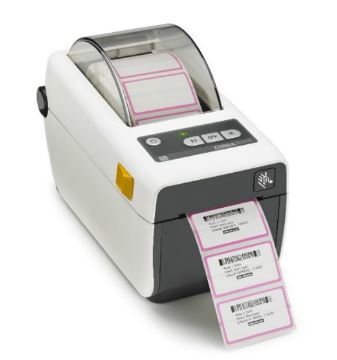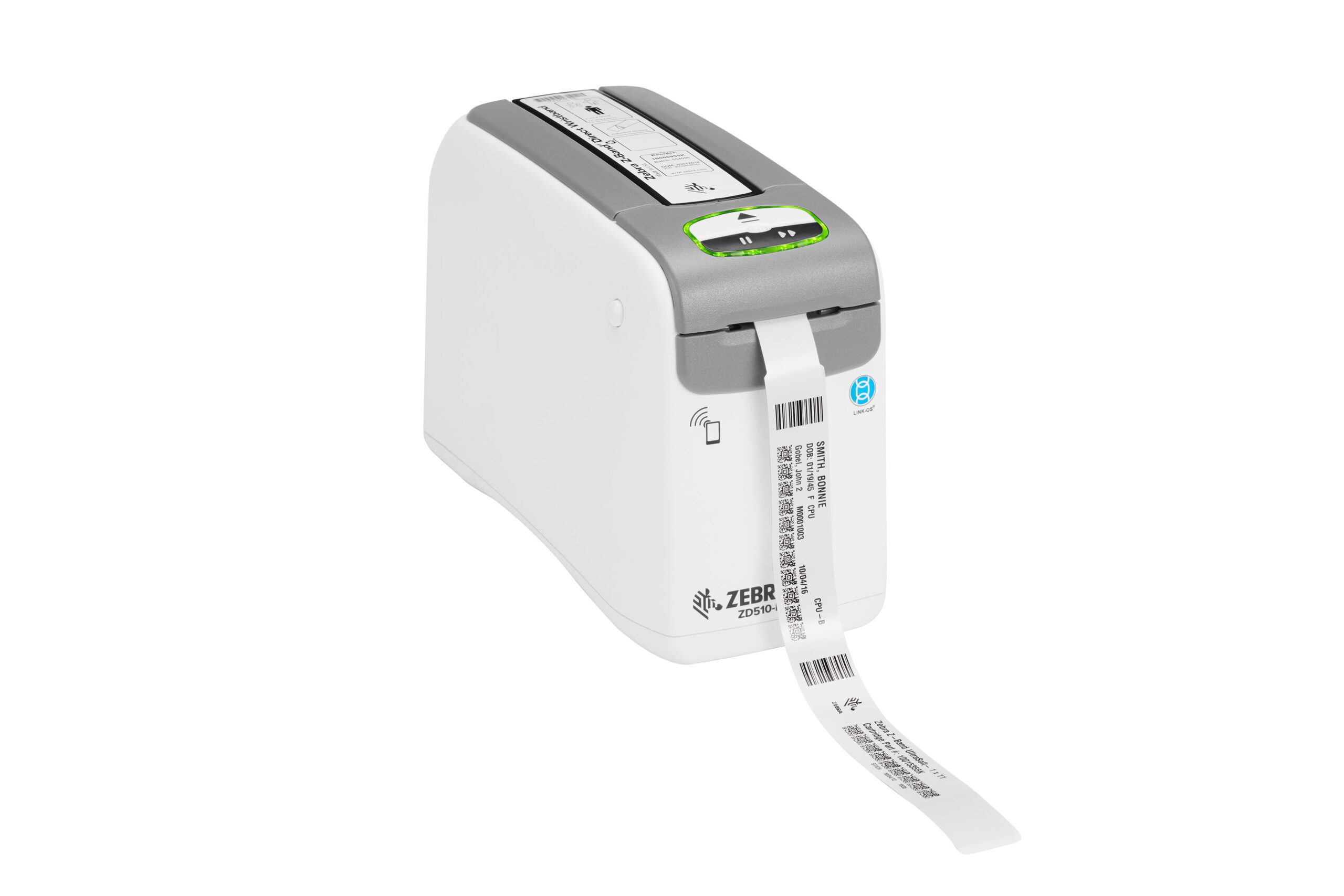Choosing the Right Printer for Your Hospital

Do you know the difference between label printers used in the hospital? In hospital printing, the two most common are thermal and laser printers. At RMS, we recommend thermal bar code and label printers for most applications within the hospital for accuracy and lower cost of ownership.
To help you learn more about label printers, we’ve posted an overview to compare both thermal and laser printing techniques.
Where thermal printers excel: Printing on-demand labels, bar code printing, printing on specialized media, high-volume printing, mobile printing applications and RFID encoding/printing.
Where laser printers excel: Printing documents and forms, labels for small to medium-sized applications.
For Hospital Label Printing Applications:
Thermal label printers:
- Thermal printers allow you to print one label or multiple labels at a time, eliminating waste.
- Desktop models fit conveniently in small places like nursing stations, pharmacy counters, and laboratories.
- Can easily use synthetic media to protect against UV light, cold temperatures, extreme heat, liquids, etc.
- Direct thermal printing does not use any consumables except for the labels, eliminating toner/ribbon/ink costs
- Thermal printers are designed to print labels. The printheads are easily cleaned and label adhesive does not often build up in the printer. This eliminates repair costs and maintenance costs.
- Thermal printers are very good at printing in black and white, which is good for simple labels and bar coding applications. However, color options are limited to pre-printed labels or color ribbons.
Laser printers: 
- Laser printers can only print an entire sheet of labels at one time, causing waste.
- Laser printers are generally larger than thermal printers, so they are not as convenient for small applications.
- Laser printers are generally not good at using synthetic media because the thickness causes jamming. Also, the print from the toner easily smudges when it comes in contact with liquids.
- Laser printers use toner cartridges that need to be replaced often. A normal coverage area for toner on a normal document is about 5%. When bar coding, the toner coverage can be up to 30% because of the darkness of the bar codes. This means that a laser printer could go through about 6x more toner cartridges when printing bar coded labels, translating into higher consumable costs.
- Laser printers are designed to print documents and forms. The inside of the printer is not easy to clean and adhesive from labels often causes build-up in the printer. Laser printers require more maintenance and repairs when printing labels than when printing simple documents.
- Laser can print well in color. However, this is a more expensive option than a plain black and white laser printer.
For Wristband Printing Applications:
Thermal wristband printers: 
- Thermal printers are on-demand, so they can print single or multiple wristbands at a time.
- Desktop thermal printers are very compact and inexpensive, so it is easy to implement these in admitting and on a nursing floor.
- Thermal wristbands are available in various sizes, from neo-natal to adult to bariatric, ensuring that the wristband will fit the patient.
- Thermal printers are very good at printing crisp bar codes fast on synthetic wristbands that will scan easily.
- Thermal wristbands are single-step processes (the printing is directly on the wristband itself) w/o additional work for the hospital staff to assemble the wristband.
- Direct thermal wristbands do not involve any toner/ink/ribbon costs.
Laser printers:
- Laser printers must print an entire sheet at a time. Therefore, they cannot print single wristbands without attached labels/forms, causing waste.
- Laser printers are large, so the hospital must have more consolidated print locations and less distributed printing for admitting stations or nursing floors.
- Laser printers usually don’t have a large selection of sizes available for their patients (usually, the wristbands have to be cut, or labels are applied to wristbands separately).
- Laser printers are good at printing pictures, graphics, etc., in color or in black and white, but they sometimes require separate font cards to natively print bar codes.
- Most laser printing solutions are two-step processes where a label or card stock is inserted into a plastic wristband. This is more work for the hospital staff and more expensive than printing directly on the wristband. The one-step process for laser wristbands involves a self-laminating option where the staff must line up the laminated cover on the wristband exactly to protect it from water/chemicals. If this isn’t lined up exactly, then the laser printing will smudge or fade.
- Laser printers must use toner, adding extra cost to the wristbands.
For more information about hospital label printers, contact RMS Omega. We’re happy to answer your questions!